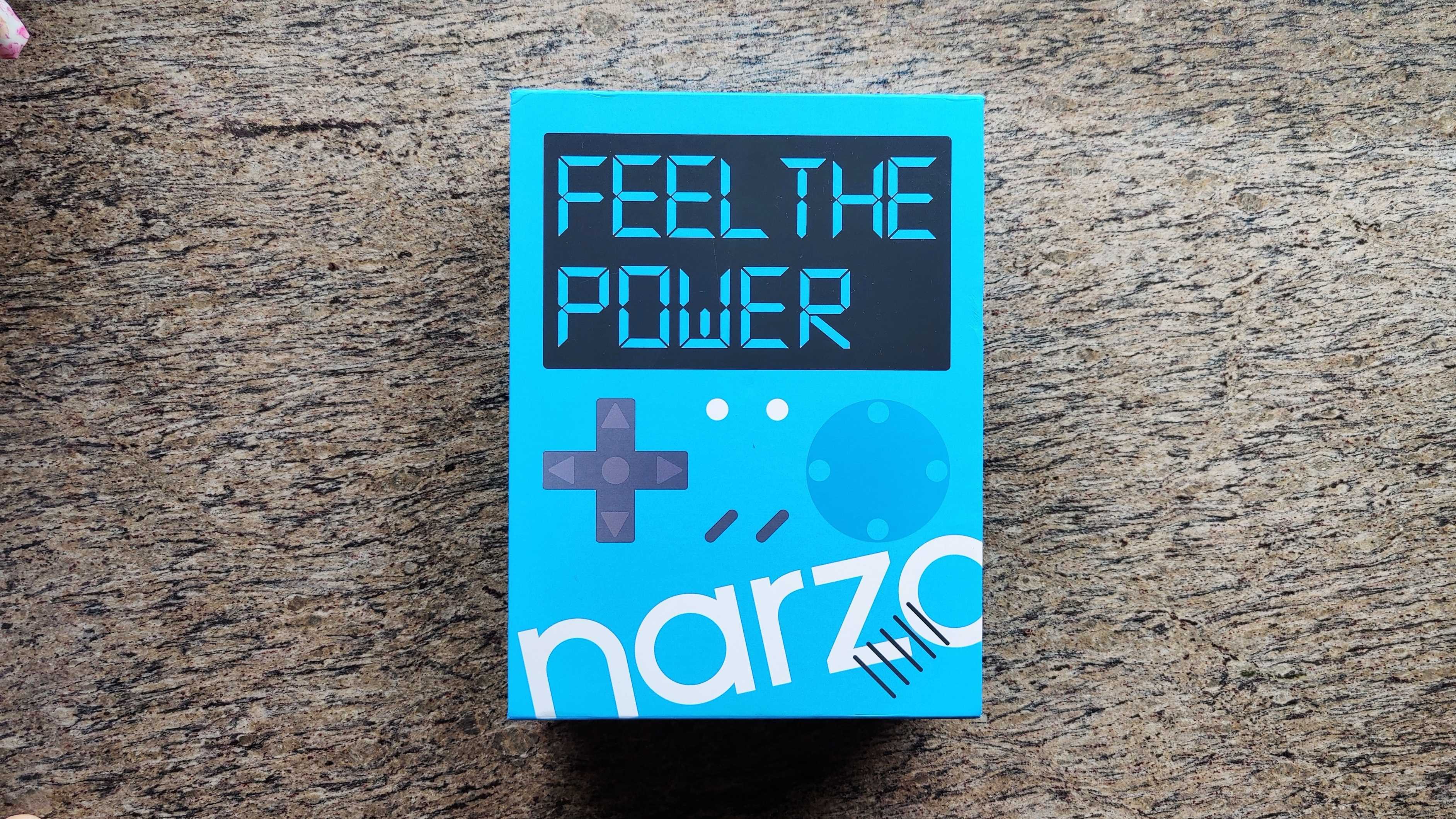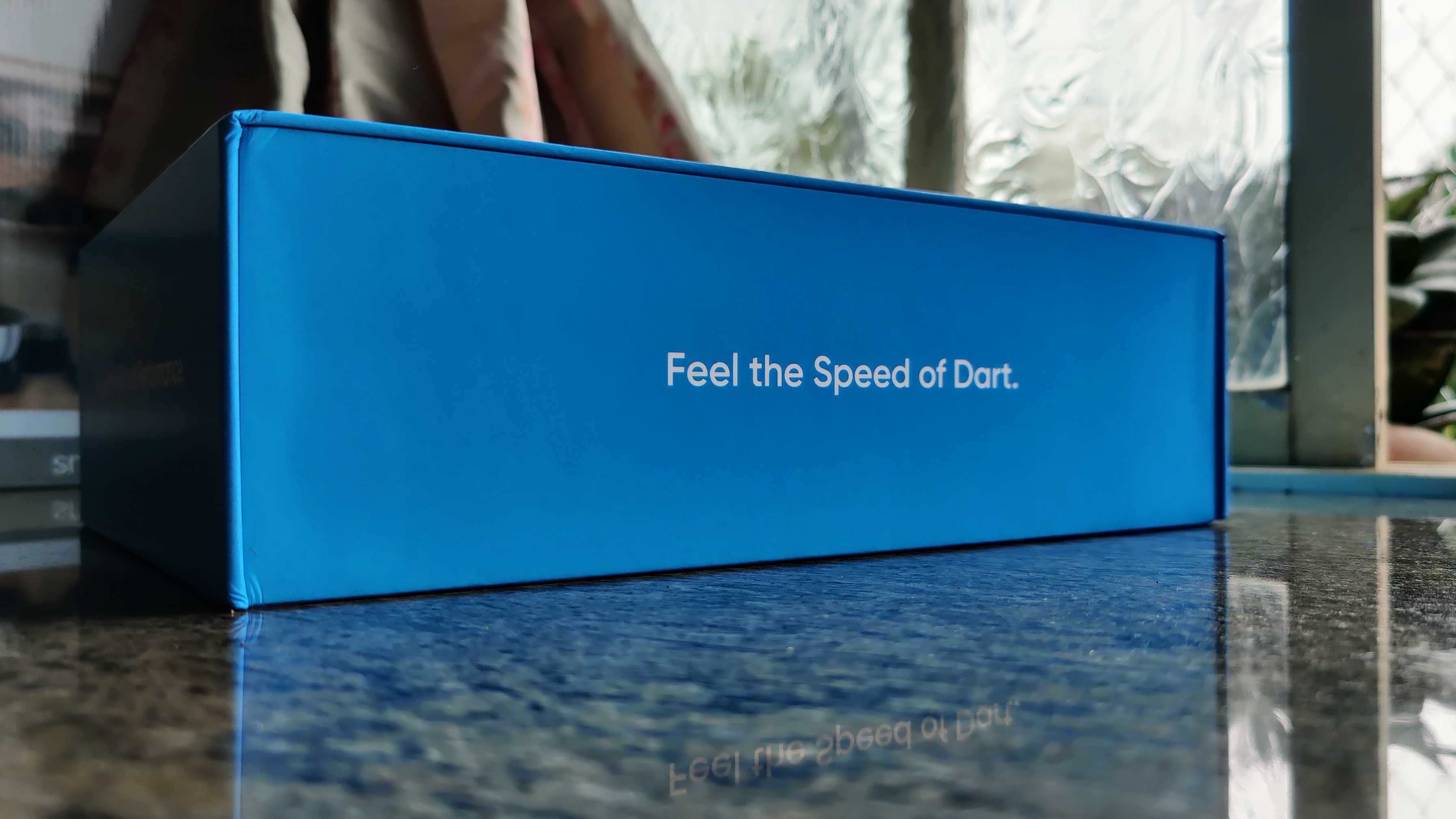
Realme Narzo 20 series India launch set for September 21
Along with Realme UI 2.0
by Aakash JhaveriRealme’s youth-centric Narzo series is set to be refreshed next week, with the launch of the Narzo 20 family on September 21 in India.
The launch event is set for 12.30 pm on Monday, and will be live streamed on the company’s social handles. As the name suggests, the Narzo 20 series will be the successor to the Narzo 10 from May, making this one of the quickest lineup refreshes we’ve seen.

The company has confirmed that there will be three smartphones this time — the Narzo 20A, the Narzo 20 and for the first time, the Narzo 20 Pro. As always, the emphasis will be on design and performance. We expect there to be some price overlap with the recently-launched Realme 7 series too. In an invite sent to TechRadar, there’s also a mention of Dart Charging, which could be an indication that the entire Narzo 20 series will also support fast charging.
The Realme Narzo 20A will be the most affordable one of the bunch, with a dual-camera setup, a rear-mounted fingerprint sensor and a big battery. The Narzo 20 on the other hand will sport a triple-camera module in the new square design that recently debuted on the Realme xx. Lastly, the Narzo 20 Pro will have a proper quad-camera array. The fingerprint scanner will also be moved from the back to either the side or the front.

There’s also a mention of “best-in-class segment gaming processor”, which could be an indication that at least one of these phones will be powered by the MediaTek Helio G series of chipsets. Since the pricing of the devices is not hinted, it’s difficult to narrow down which segment Realme is referring to here.
Along with the Narzo 20 series, Realme will also unveil Realme UI 2.0 based on Android 11 (on the Color OS 11 framework), making it one of the first smartphone OEMs to do so.